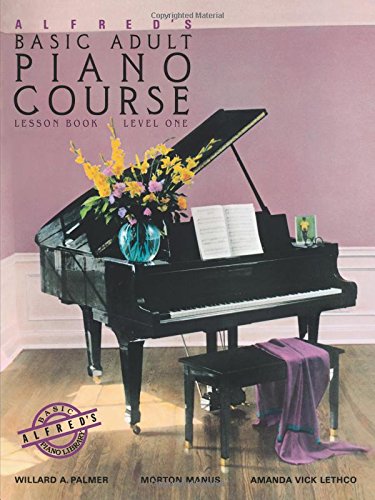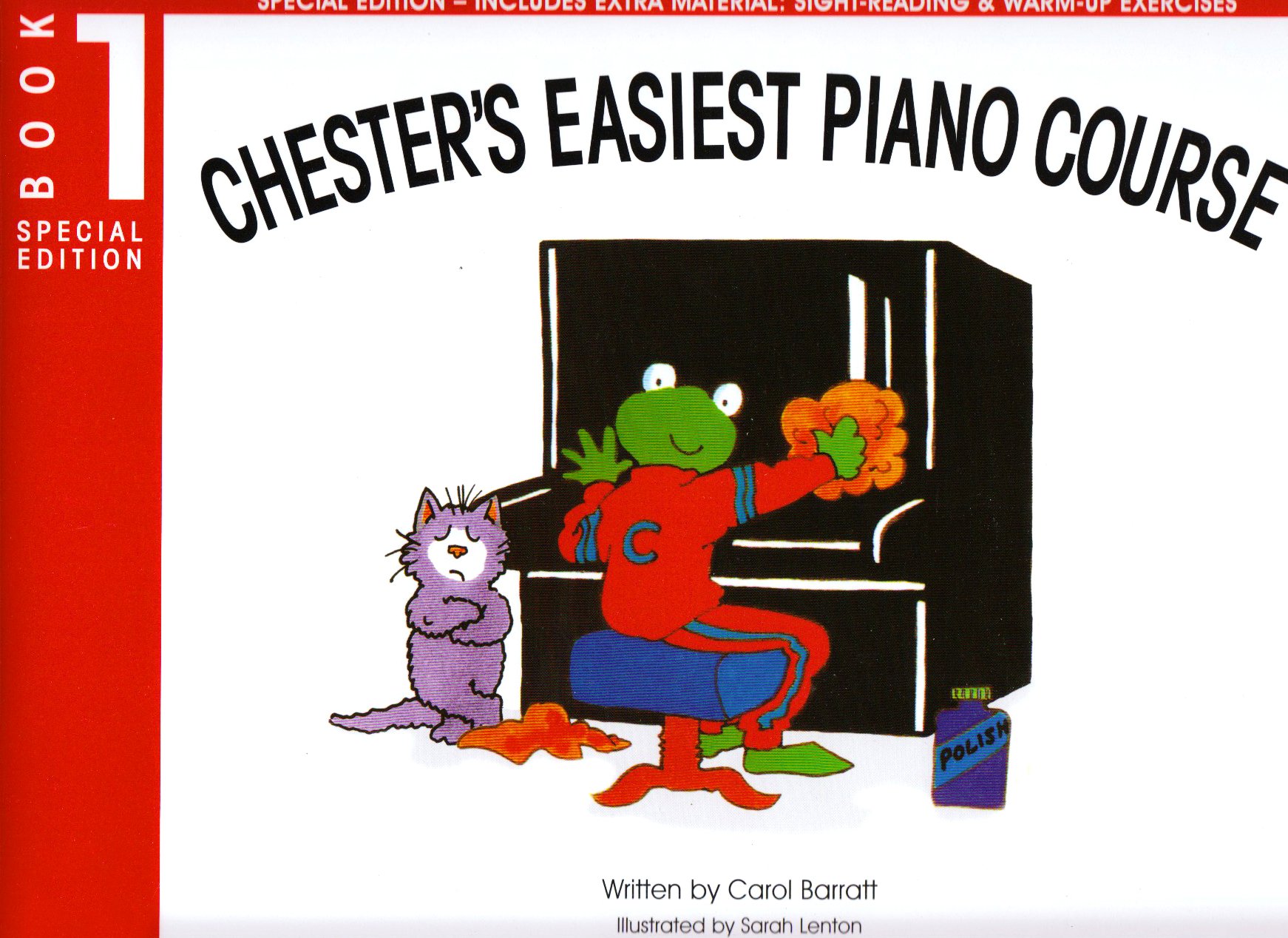The chromatic scale is unique in that it uses all the white and black notes on the piano covering the full range of notes from lowest to highest (also know as the Chromatic series). Although this may sound complicated it is one of the easiest scales to learn as it uses only your first 3 fingers in both hands. Just like every other scale it’s best to start 1 and 2 octaves hands separate and only once this is mastered try them hand together. As you’ll see from the demonstration below, finger 3 is always used on the black notes and finger 2 is used to bridge the gaps between them in both hands. As the chromatic scale covers all the notes on the piano you can start on any note as well as increase the octave range very easily by simply repeating the same fingering pattern. The Chromatic scale is a requirement at almost every ABRSM piano grade level and you will be expected to start on any note and play the scale in many forms including up to 4 octaves, contrary motion, staccato (both similar and contrary motion) as well as a 3rd and 6th apart.
Here is the piano fingering for the chromatic scale (starting on C) as taught in my lessons:
One octave R.H (up) 1313123131312 (down) 131313213131
One octave L.H (up) 1313213131321 (down) 231313123131
Two octaves R.H
(up) 1313123131312313123131312 (down) 131313213132131313213131
Two octaves L.H
(up) 1313213131321313213131321 (down) 231313123131231313123131
Watch video demonstration of the teacher playing the Chromatic scale:


